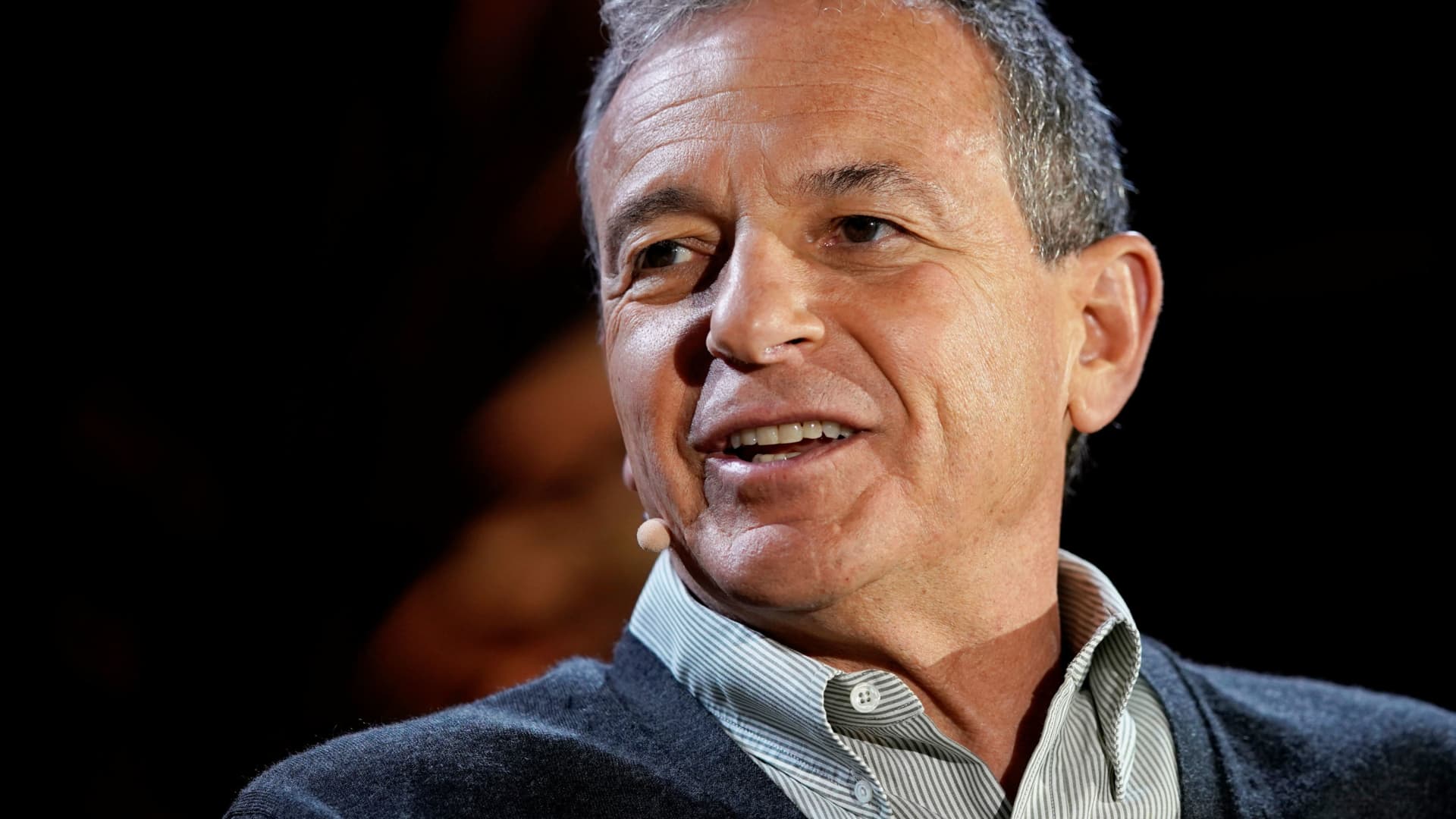We have a new overall rate leader today—a freshly unveiled 6-month jumbo CD paying 5.85% APY. If you can’t manage a $100,000 deposit, though, today also brings a new option to earn the top standard-CD rate of 5.75% APY.
The new jumbo leader is offered by One American Bank on a 170-day term. Among standard CDs, the leading 5.75% rate is still available from MapleMark Bank for 12 months, but now also from Abound Credit Union for 10 months.
Key Takeaways
- The highest nationwide CD rate is now 5.85%, but it’s only available as a jumbo certificate with a $100,000 deposit.
- For smaller deposits, the overall leading rate in our daily ranking of the best nationwide CDs is 5.75%, with a second option joining the ranks today at that rate.
- The number of our “Benchmark Leaders”—those offering 5.50% or more—is up to 29, from 28 yesterday and just 15 at the start of August.
- The longest duration for which you can earn at least 5.00% remains three years at a rate of 5.13% APY, or four years at 5.12% APY if you can deposit at least $100,000.
- The Federal Reserve won’t meet again on rates until mid-September, and it’s uncertain whether it will again nudge interest rates higher, or will hold them steady.
To help you earn as much as possible, here are the top CD rates available from our partners, followed by more information on the best-paying CDs that are available to U.S. customers everywhere.
For anyone wanting to secure one of today’s record rates for longer than two years, you can score 5.13% APY from the credit union leading our best 3-year CDs ranking, or 5.00% from one of three bank CDs in that term. Or if you can manage a deposit of at least $100,000, you can stretch your term to four years with a 5.12% APY jumbo certificate.
CD SHOPPER TIP
Think you need to stick with a bank CD because becoming a credit union member is too much trouble? Think again. The credit unions we include in our rankings are open to anyone nationwide and are easy to join. Though some require a donation to an affiliated nonprofit organization, the required amount is generally modest, and some require no donation or cost at all. The process for opening an account at a credit union is also the same as opening an account at a new bank.
Beware
Despite the suggestion that a larger deposit entitles you to a higher return, that’s not always the case for jumbo certificate rates, which often pay less than standard CDs. Though today’s best jumbo offers, which typically require a deposit of $100,000 or more, beat the best standard rates in six CD terms, you can do just as well or better in the other two terms with a standard CD. So always be sure to shop every certificate type before making a final decision.
Will CD Rates Go Up in 2023?
This year has already seen CD rates hit record levels, but it’s possible they could inch higher still. That’s because the Federal Reserve has left the door open to more increases in the federal funds rate, which strongly influences CD rates.
The Fed bumped the fed funds rate up by 0.25% at its meeting July 26, and doesn’t meet again until September 20. Fed Chair Jerome Powell could offer more clues regarding the trajectory of monetary policy at the Jackson Hole Economic Symposium later this week, where he is scheduled to speak Friday.
The Fed has been aggressively combating decades-high inflation since March of last year, with 11 hikes to its benchmark rate over the past 12 meetings. The July bump took the cumulative increase to 5.25%, raising the fed funds rate to its highest level since 2001. That’s created historic conditions for CD shoppers, as well as for anyone holding cash in a high-yield savings or money market account.
The Fed’s official July announcement provided no strong indications on whether it will raise its benchmark rate even higher this year. The written statement simply reiterated the Fed’s commitment to bring inflation back down to its target level of 2%.
In his post-announcement press conference, Chair Powell indicated that the rate-setting committee has not made any decisions yet on whether to raise rates again in 2023—or if so, what timing or pace any increases would follow. He specifically stated that a hike and a pause were each possibilities at the next meeting, scheduled for September 19-20.
Various Fed governors have since made public remarks about their expectations on whether the committee will raise or hold rates going forward. Earlier this month, two emphasized the need to watch the upcoming data and decide on a course meeting-by-meeting—including the possibility of implementing another increase—while a third indicated that unless something unexpected crops up in the data, he foresees rates being held without any further increases.
A fourth committee member spoke last week and indicated that though the central bank can now take some time to allow more data to come in, he’s not ready to declare an end to the Fed’s rate hikes. He also suggested it would be 2024 or even 2025 before the Fed moves in the other direction and cuts rates.
It’s possible the July hike could push CD rates higher still. But it’s also possible the impact will begin to wane while banks and credit union wait for a clearer picture to emerge about the Fed’s next move. In any case, once it appears the Fed is ready to end its rate-hiking campaign for good, that will signal that CD rates have likely peaked.
Note that the “top rates” quoted here are the highest nationally available rates Investopedia has identified in its daily rate research on hundreds of banks and credit unions. This is much different than the national average, which includes all banks offering a CD with that term, including many large banks that pay a pittance in interest. Thus, the national averages are always quite low, while the top rates you can unearth by shopping around are often five, 10, or even 15 times higher.
Rate Collection Methodology Disclosure
Every business day, Investopedia tracks the rate data of more than 200 banks and credit unions that offer CDs to customers nationwide and determines daily rankings of the top-paying certificates in every major term. To qualify for our lists, the institution must be federally insured (FDIC for banks, NCUA for credit unions), and the CD’s minimum initial deposit must not exceed $25,000.
Banks must be available in at least 40 states. And while some credit unions require you to donate to a specific charity or association to become a member if you don’t meet other eligibility criteria (e.g., you don’t live in a certain area or work in a certain kind of job), we exclude credit unions whose donation requirement is $40 or more. For more about how we choose the best rates, read our full methodology.
















